How We Streamlined Hiring (& Found Kick Ass Talent)
Published: April 21, 2016Updated: August 21, 2024

We started out last year with about 200 paying customers, and by the beginning of 2016 we were at nearly 2,000. We were growing fast and needed people to keep up. This is how we painlessly grew our awesome team from 8 to a thriving 13 in three months.
In the past, I usually hired friends I had already worked with many times before, or I bought a single job ad on Career Beacon. Hiring was messy, but I got the job done.
It generally involved me sifting through 100 emails, putting them in a folder in Mac Mail and flagging the appropriate candidate. There was no process when it came to recruiting, interviewing or onboarding, I just went with the flow.
This time was different. We needed to hire for five new roles and I wanted to streamline the process so that it was more collaborative, organized, and reduced any duplication of effort.
Writing the job ads
Writing a job ad is pretty much the same as writing any other kind of ad — you’re trying to attract your target audience and get them to take action.
As obvious as that sounds, I often see other company’s job postings that read like they were written by robots, for robots.
We wanted our job postings to be a reflection of our company’s brand. We are people with personality, and we want that to come across in everything we do.
So Jen and I wrote a standard intro for each job posting that outlined why a talented employee should even want to work at our company.
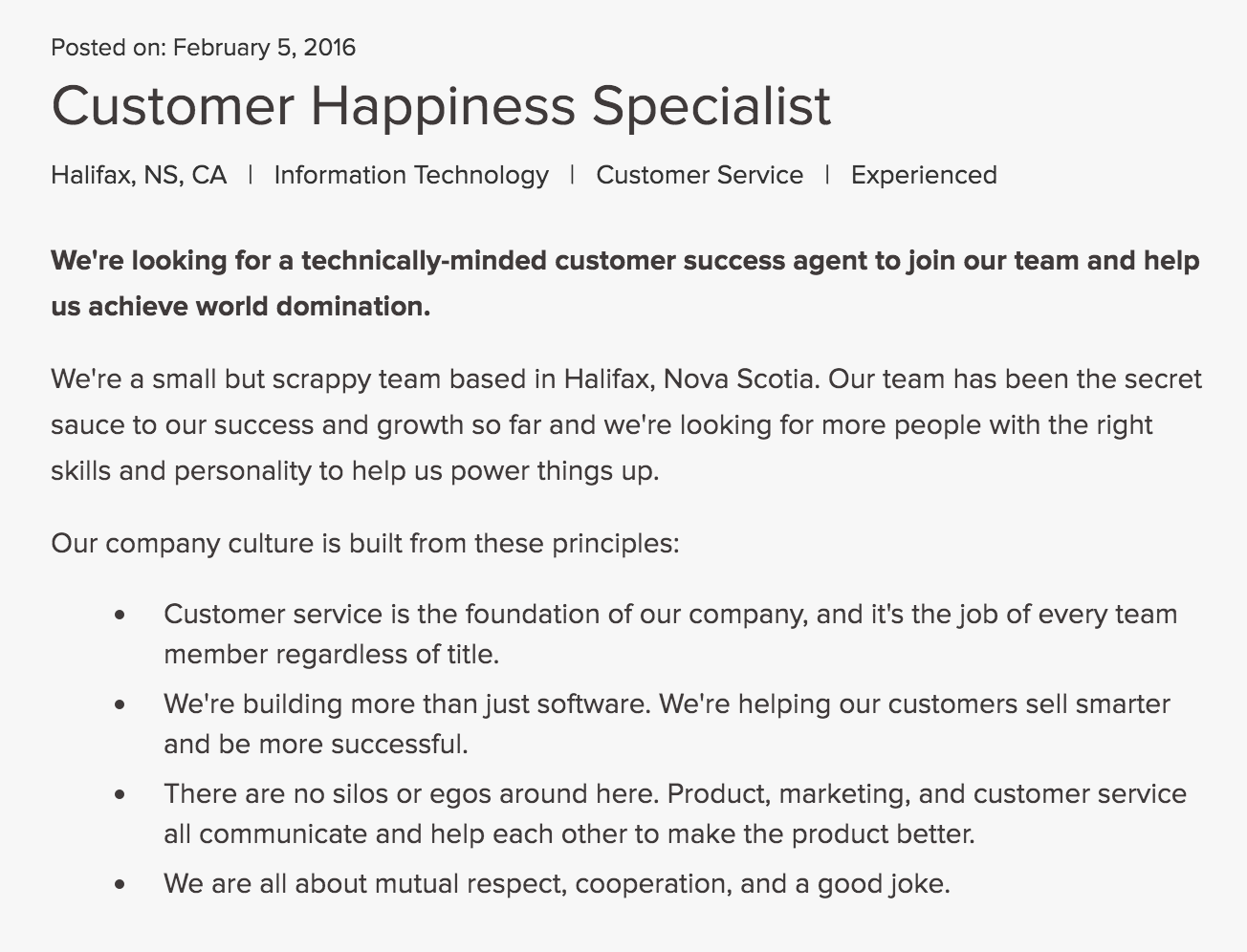
Then, after outlining the job requirements, we listed the benefits at the end of the post.
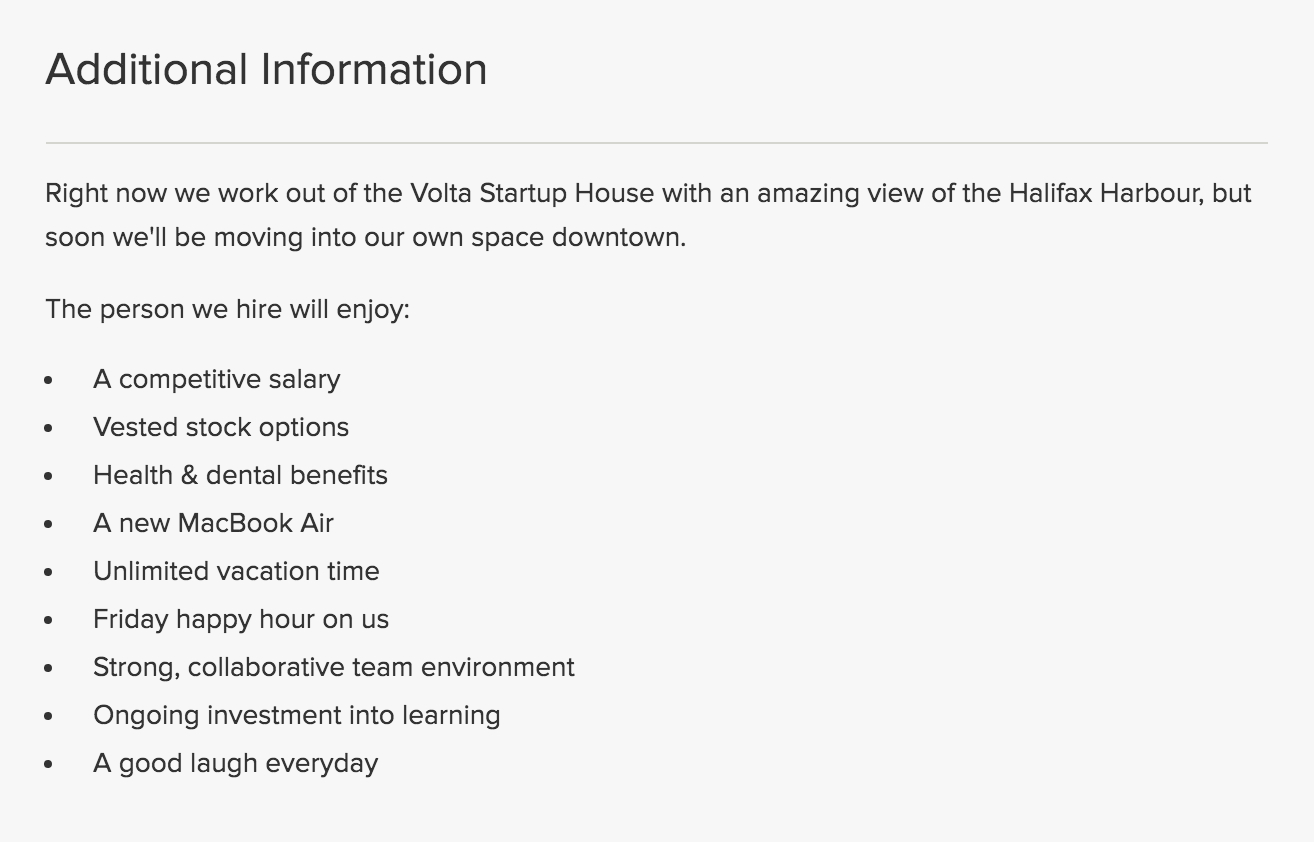
Adding “a good laugh”, “Friday happy hour” and “a good joke” in the job posting has helped us find people who also appreciate fun, which is an important factor in a team. We want people laughing every day. Fun makes it easier to get out of bed every morning and come to an office.
Finally, at the end of the requirements listing, we wrote the following: “Please forward your resume along with a thoughtful cover letter.”
This was done specifically to filter out candidates who shotgun blast their resume to every job posting they could find. The people who didn’t write a cover letter, or their cover letter was generic (“Dear sir or madam”) were instantly rejected.
We want thoughtful people who care about the details, and so this is a good way to know right away who isn’t that.
By the way, we wrote job postings for a designer, full stack developer, salesperson, customer support person, growth marketer and QA analyst.
Click here to see all the postings. Feel free to copy the text to use in your next job posting.
Managing the process through Alongside
I used to use my email program to organize job applicants. Then I heard about another eastern Canadian startup called Alongside (formerly called Qimple), which was a game changer. Alongside made our whole hiring process much more streamlined.
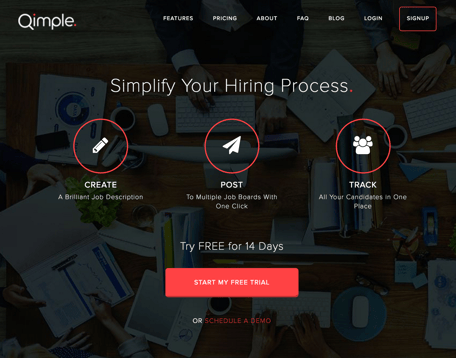
Here’s how:
First, it guides you through the creation of your job posting, outlining the different fields, categories, responsibilities, and skills/qualifications you want to include:
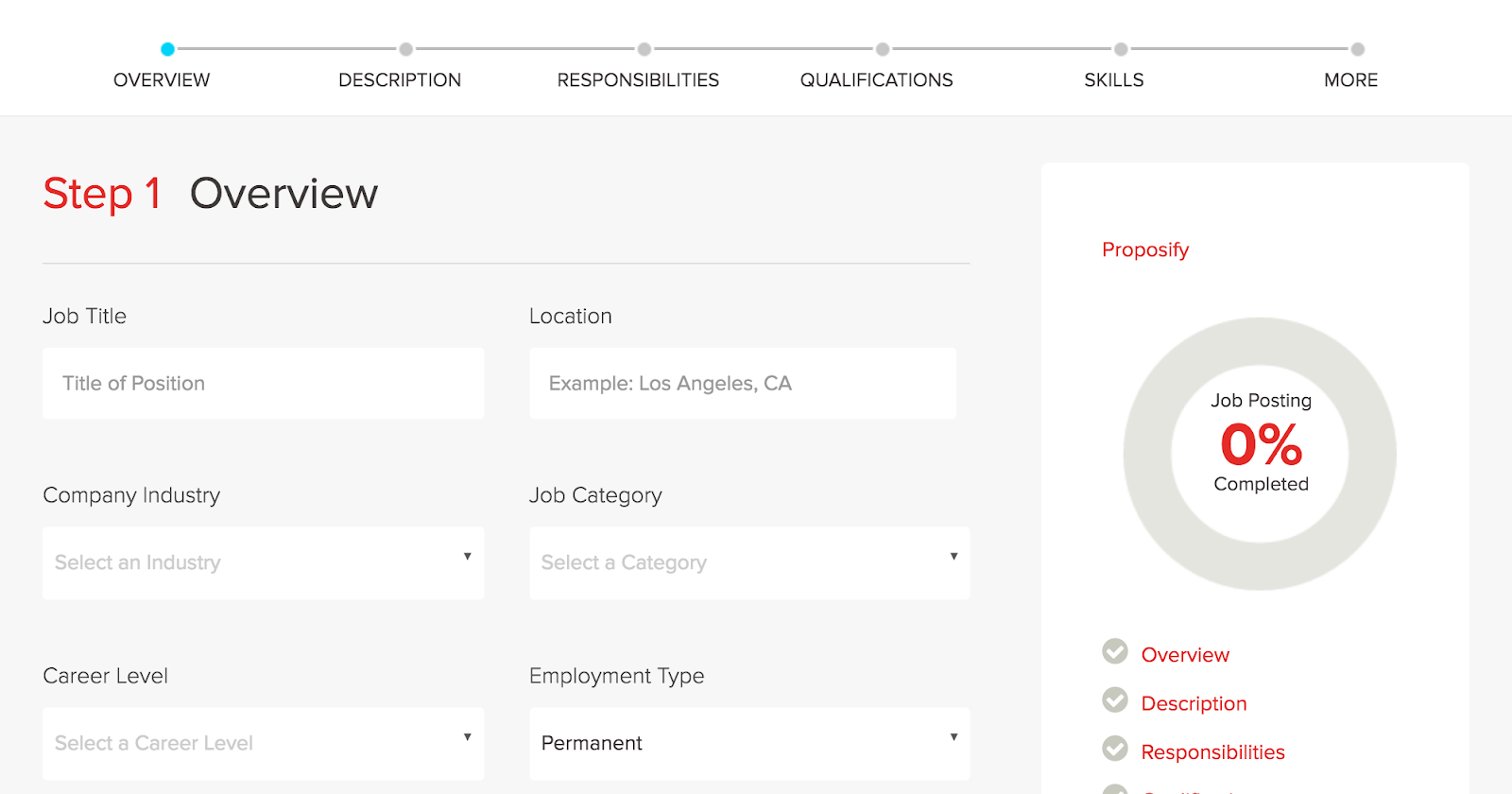
Once you publish your job posting, Alongside creates a branded page you can share with your social networks and that applicants can apply through.
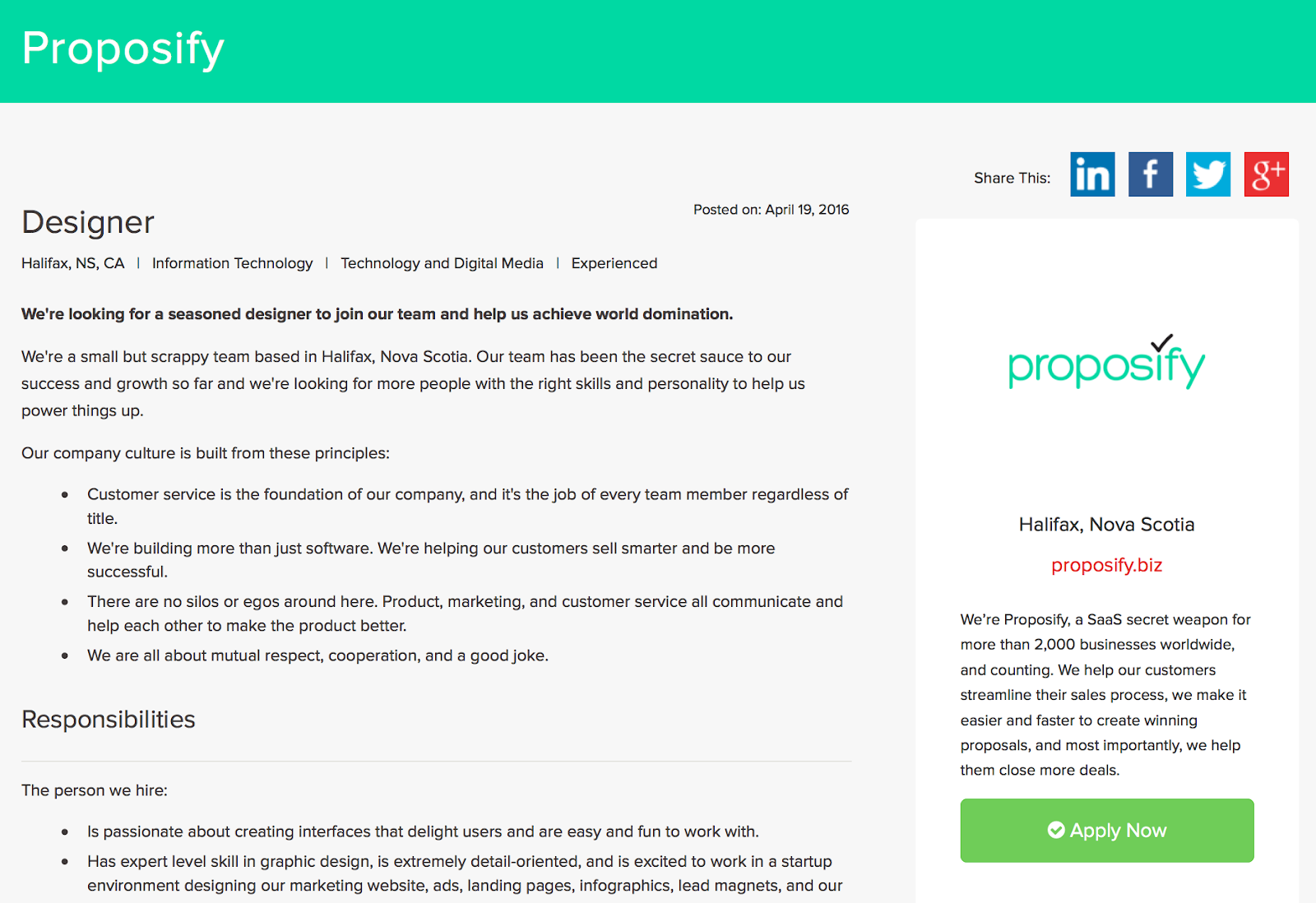
When someone clicks the “Apply Now” button it walks the applicant through the process and lets them import their LinkedIn profile, upload their resume, or create their own Alongside account.
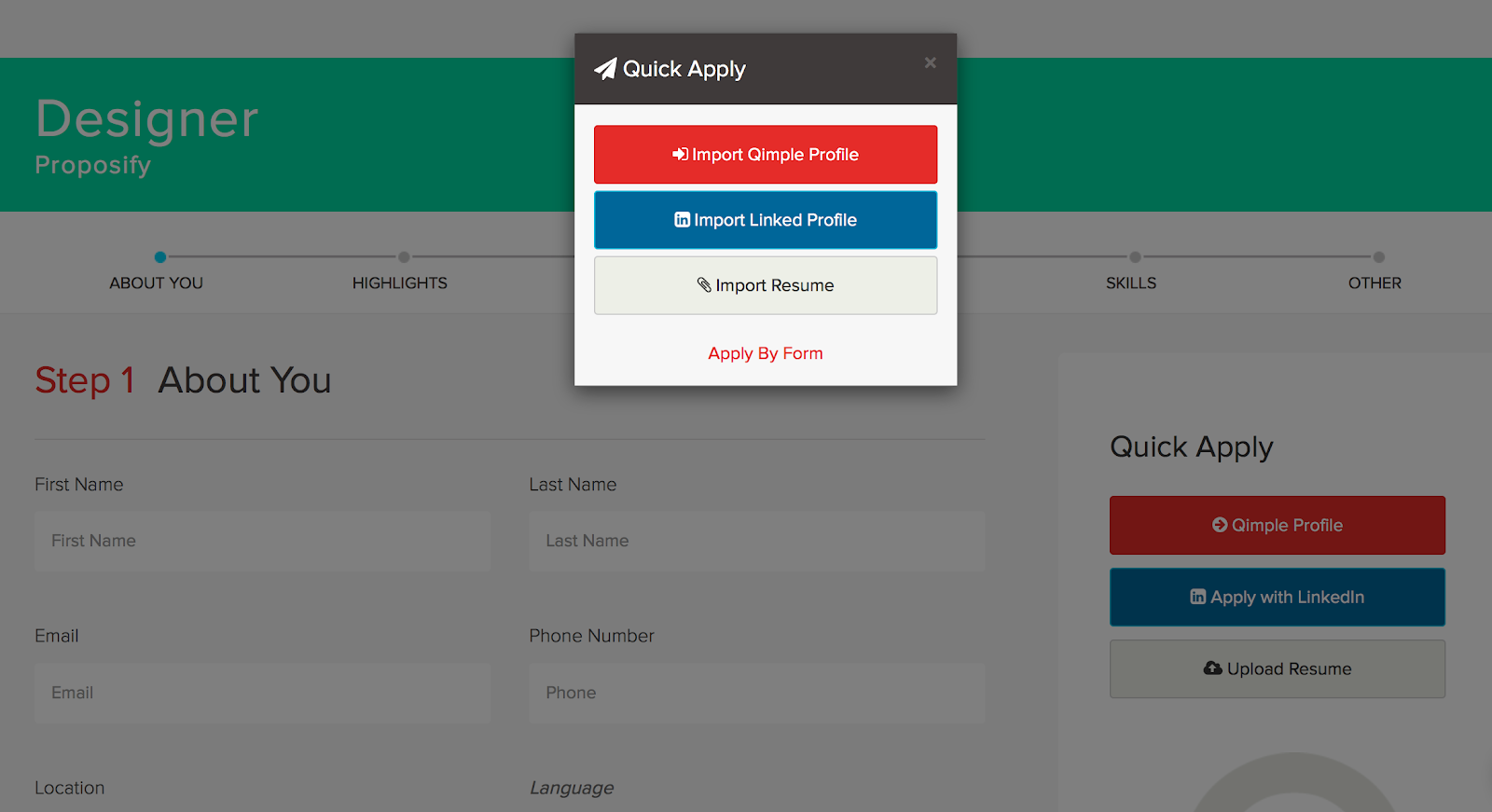
Promoting your job posting
Alongside makes it easy to promote your job through virtually every job board, including Workopolis, Indeed, Career Beacon, Monster, and Stack Overflow plus they offer you discounted postings!
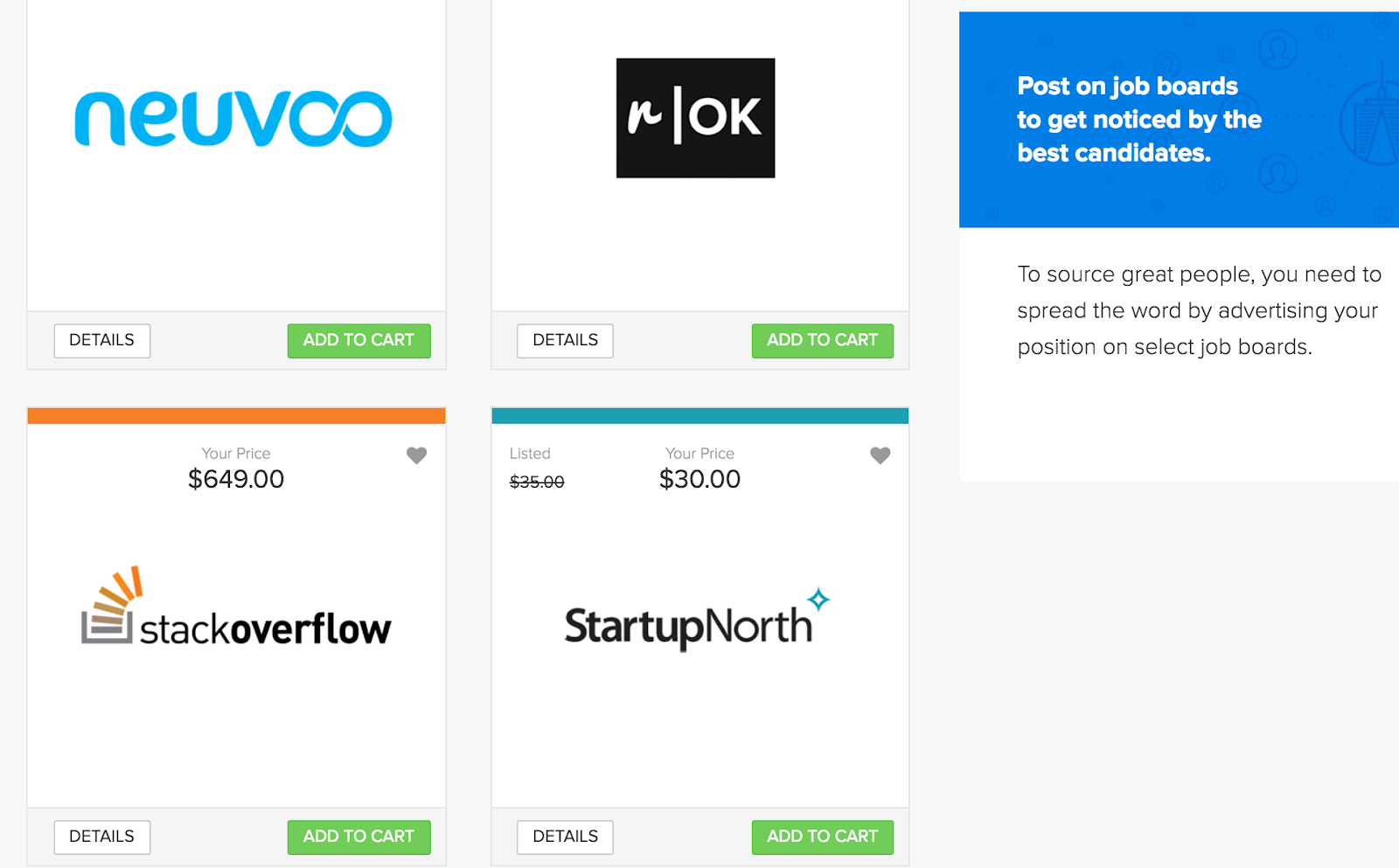
Once you add a particular job board to your cart and check out, Alongside automatically posts the job ad to the third party website without you needing to do anything.
I loved the fact that I could choose on a per job basis which job board I wanted to advertise through. For example, promoting just the developer job through Stack Overflow, or just the design job through Dribble.
Reviewing applicants
Alongside also makes reviewing applicants more organized.
You can click on a job to see all the applicants for that position, filter/search them, and thumbs-down the ones you know you won’t contact, or thumbs-up the ones you think stand out.
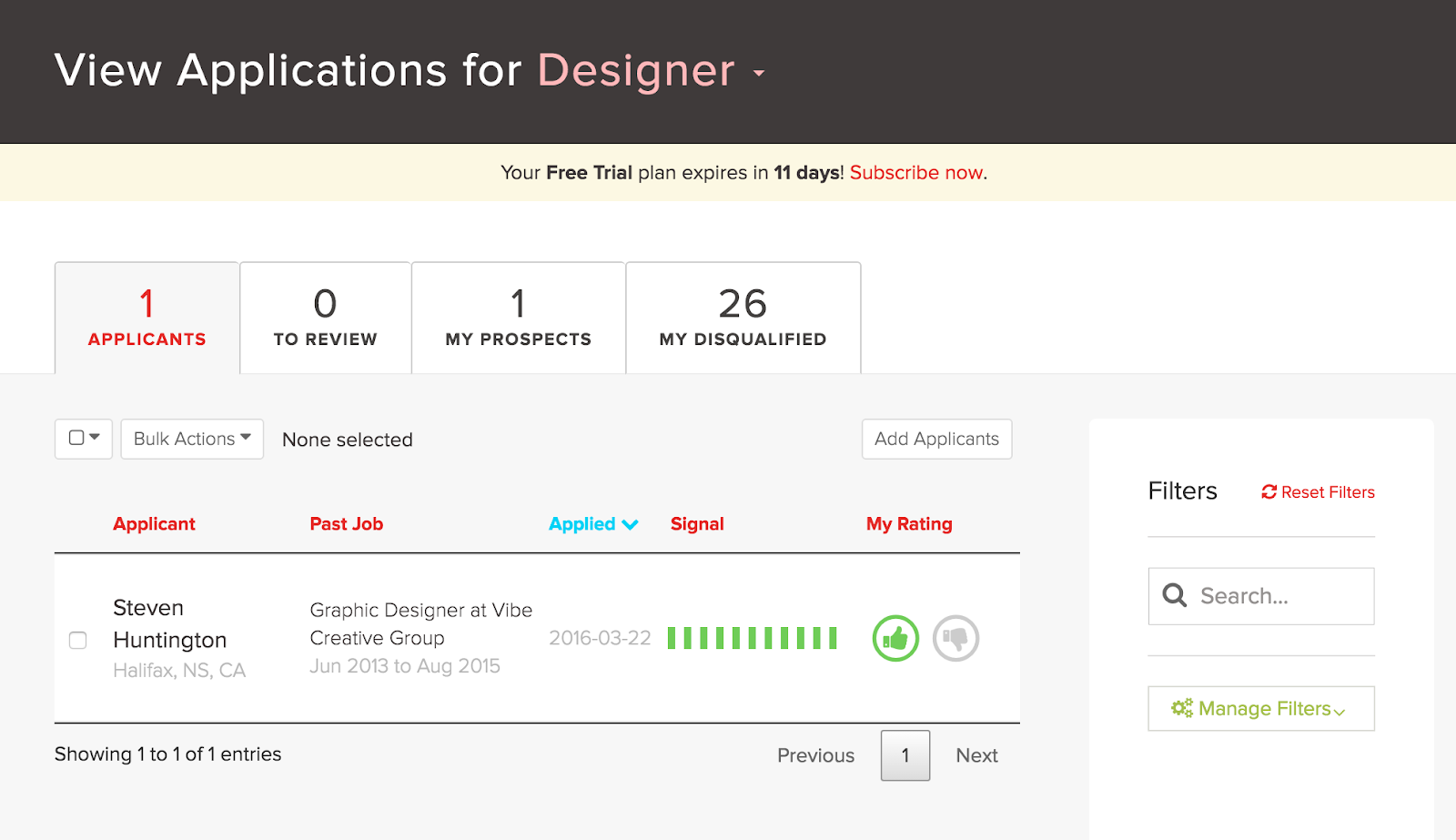
When you click on an applicant you can see their experience, cover letter, and resume at a glance.
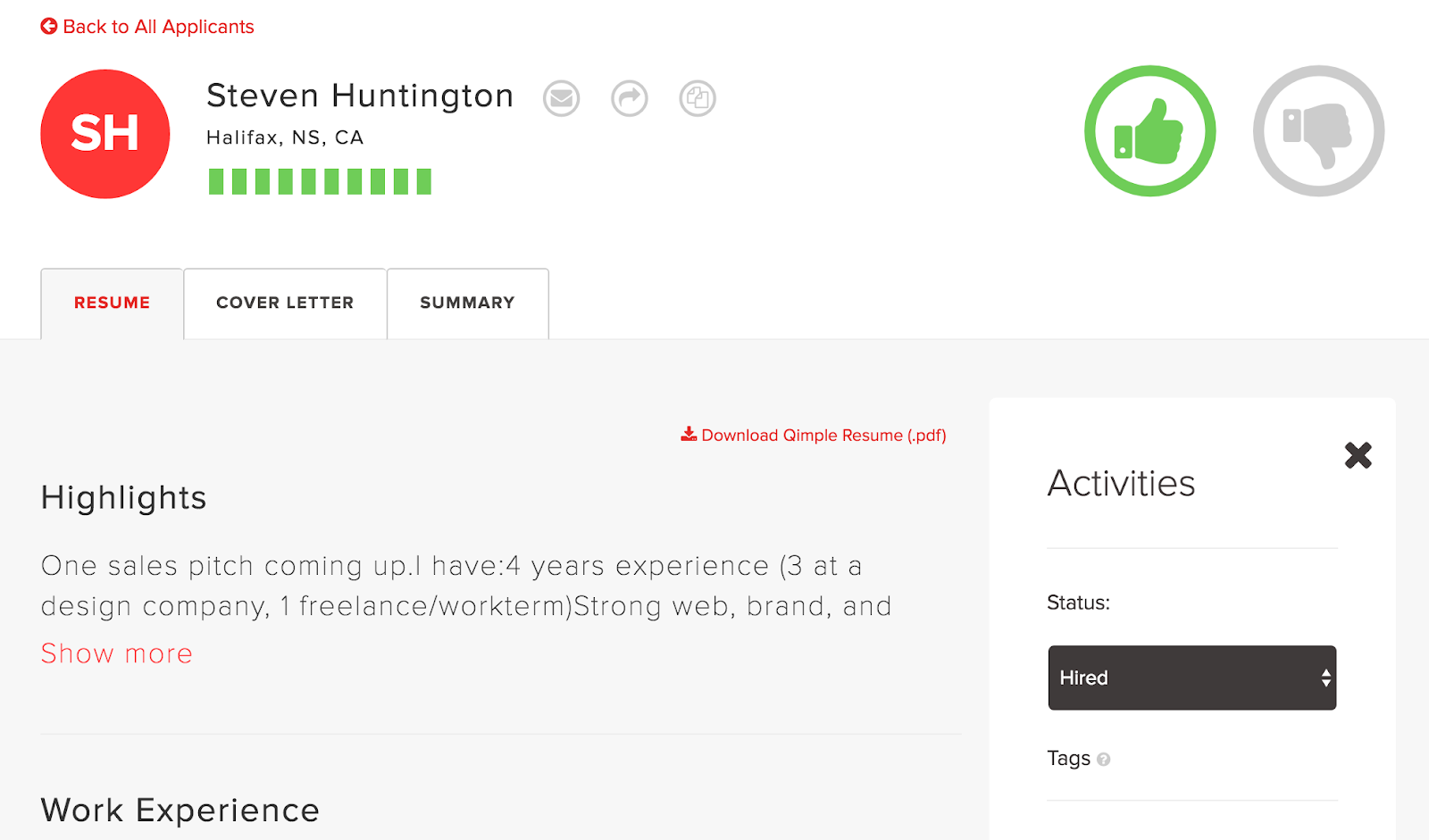
You can contact the applicant through Alongside and they offer pre-written email templates for things like setting up interviews and rejections.
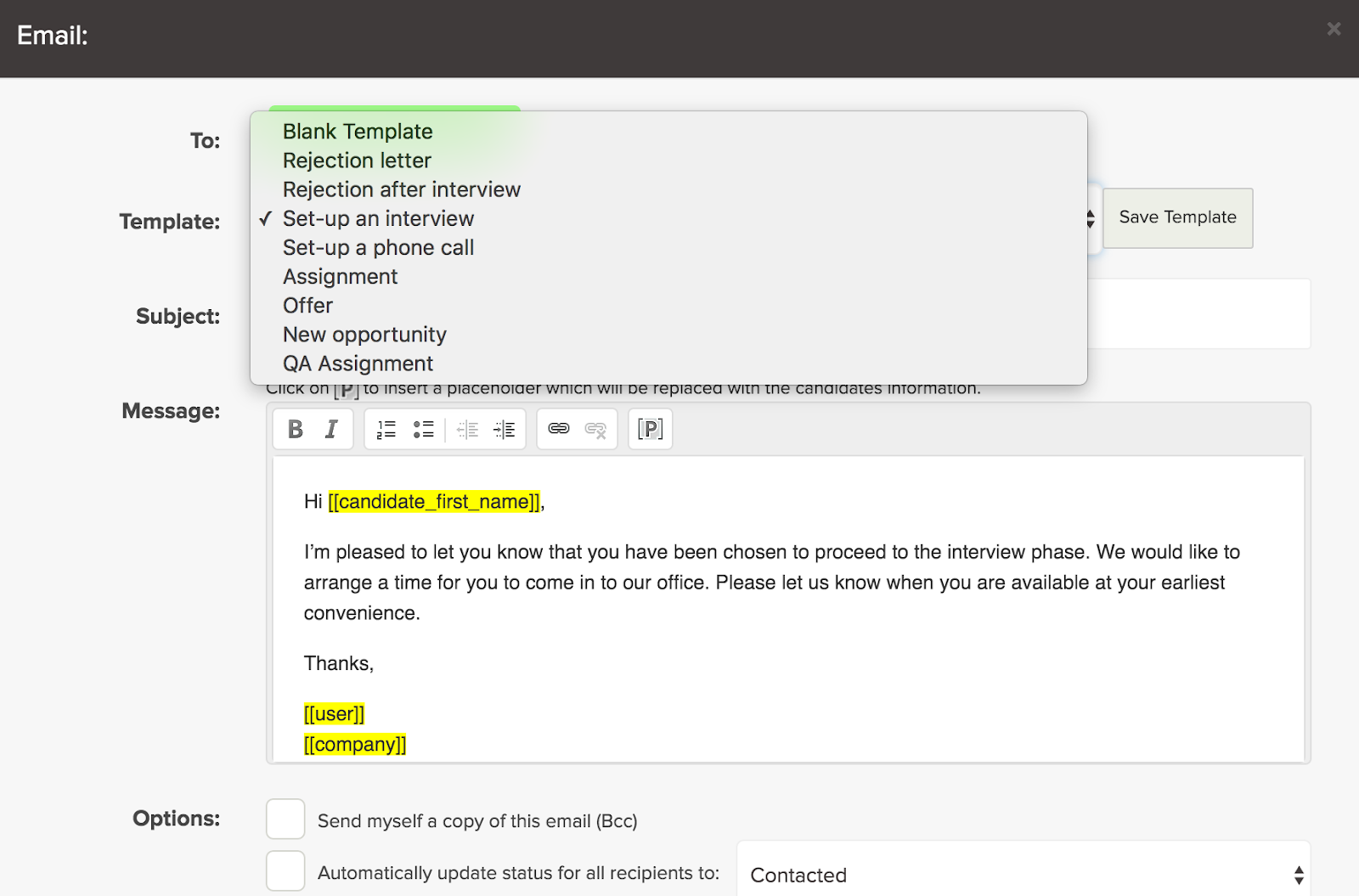
And instead of getting emailed every time there’s a new applicant, I chose daily notifications so every day I got a summary of who applied and for which position.
Finally, I invited my team into Alongside so that when I spotted a promising applicant I could simply Slack the appropriate person a link instead of forwarding emails.
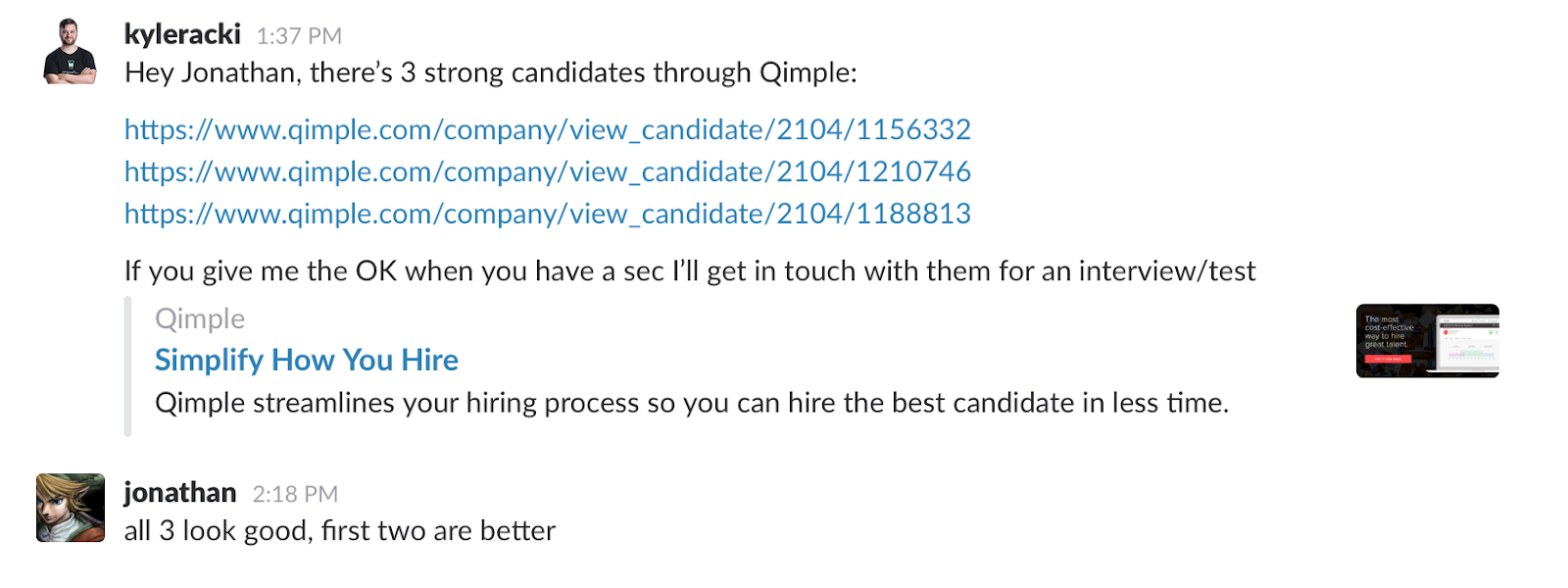
In case this hasn’t been clear, I’d highly recommend starting a trial with Alongside for your next job posting!
Qualification questions
So we’ve got a steady stream of applicants flowing into Alongside, and a process for vetting and reviewing them. Now what?
Here’s what I looked for in each candidate:
- A strong cover letter that made it clear the person researched our company and understands who we are.
- The skills we’re looking for.
- A decent amount of relevant experience depending on the position.
- Personality.
Once someone made the short list, our next step was to qualify them with a set of email questions and whether or not they got a call from us depended on how they answered.
The questions varied a bit depending on the position, so I’ll outline what we did with each specific job:
Customer Support
When hiring a customer support agent, you need to know how they communicate and solve problems.
Here are the questions we sent to candidates:
1. Imagine a potential customer emails you with the following question: “I’m considering a switch to Proposify, but I was wondering if your software lets me add forms to proposals?” Proposify doesn’t offer this feature yet, but their current proposal app does. How would you respond?
2. Imagine that you’re just starting your workday, and you login to our help desk to see 30+ emails from distraught customers who can’t access their accounts. Clearly, something big (e.g., a server outage) is happening. What steps do you take?
3. We’d like to get an idea of how you can clearly explain concepts and processes to customers. Tell us step-by-step about something that you shop for online, and how you go about searching, choosing, and purchasing it.
BTW, I stole these questions almost verbatim from the Groove blog. Thanks, guys.
Developer
When a good developer candidate pops up, I usually take the following steps:
I call them on the phone first. I do this because often developer’s cover letters/resumes are fairly dry, so I want to get a sense of their personality right away.
How do they react when I call them up?
Are they friendly, courteous, and able to adapt to the conversation without any preparation?
There’s no point hiring a developer with great coding skills who can’t communicate or hold a conversation.
I ask them what they’re currently working on, how they feel about it, and about any particular technology they’re working with. I let them know about our stack and ask them if they have experience with it. Overall I’m trying to get a sense for how they talk about work and technology.
Finally, I ask them why they applied to our company. I want to know if they actually are interested in what we’re doing or if they’re just looking for any job that pays.
After the phone call I follow up with an email to ask for code samples. Jonathan, our CTO, wants to see something they wrote. Many developers have side projects and host their code on Github. Jonathan wants to check out their style of coding and any interesting things they’ve built.
Designer
The nice thing about design is that the proof is mostly right there on the page. A designer’s portfolio shows exactly what their output looks like. Of course, it’s also important for the applicant to describe the process behind their work and how they arrived at a solution. So in this case, no pre-qualification questions are needed before inviting them to an interview.
Quality Assurance
With a QA tester, we want to know their process for testing, identifying, and communicating errors, so we ask them:
1. Imagine a support rep shows you an email from a customer that says “Help! Your product is full of bugs. I can’t get bullets to flow onto a new page and when I try to change the formatting nothing works.” Describe in detail the steps you would take to find and trap the bug, and how you would communicate it to the development team and customer support rep.
2. Sign up for a free trial of Proposify and find at least one bug, then describe how you found it, what you expected would happen, what happened instead, how to reproduce it and any additional detail that may help the development team fix it (i.e.: browser, console errors, broken markup, traceroutes, etc.)
Growth Marketer
When hiring a growth marketer, who you want to be 100% dedicated to driving growth for you or your clients, they need to be analytical and take a scientific approach to running growth tests.
When hiring for this position, we knew we didn’t want an inbound/content marketer, and we definitely didn’t want a communications or PR style of marketer.
So we asked these questions:
Talk about a growth experiment you applied in the past (successful or otherwise).
- What was your hypothesis?
- What process/system did you use to prioritize running this test?
- How did you measure the impact of the test?
- What convinced you that the test yielded enough statistical significance to end the test?
Managing the interview
If the candidate passes their qualification email, we have them in for an interview. I’ll generally invite a manager or team member from that department in on the interview. They’re going to be working with the new hire, so they need to feel as comfortable as I do.
I believe that interviews should be informal and conversational with no need for check lists or predefined questions.
We already know their skills based on their resume, samples, and/or interview answers. At this point, we’re looking for fit, and I can’t get an accurate feel for that if I’m lobbing goofy, pre-canned questions at the person while they nervously try to say the right thing.
I’ve conducted interviews before where we walked down to the food court to grab a coffee. I’ve gone out for a smoke with a candidate (I know, I know; smoking is bad and I will quit). Anything that puts them at ease and makes them feel like we’re just two people talking.
There are no standard questions I ask. I don’t ask them what their weakness is, or anything like that.
I ask about their current job, where they’re from, what they’re interested in, what they’re passionate about, how they got to where they are, or to talk about something they’re proud of that they did in the past.
I let them know how our company came about, my background, and give an overview of the team structure. I need to feel like they’re intrigued by what we’re doing and that they want to work for a startup.
There’s one thing we add when it comes to interviewing developers. We actually make applicants take a test when they arrive on the interview.
That may fly in the face of everything I just said, but the reason we do it is because we’re often looking for developers who write pure, object-oriented Javascript, and some developers only know basic JQuery.
We ask them to take a 15-question, written test to prove that they know the language on a low-level. We don’t sit in front of them while they do it, and we give them as much time as they need. Also, we don’t require a 100% passing grade.
By the end of the interview, we should know whether or not we want to hire the person. If we do, I’ll ask about salary expectations, start date, and tell them we’ll call their references.
References
I’ve made hiring mistakes in the past where I got so excited about the candidate that I hired them on the interview without checking references. Not surprisingly, I got burned.
I always call at least one reference before making a decision, with preference given to past employers rather than past workmates.
Like the interview, I am informal when it comes to calling references.
In a conversational way, I want to find out:
- When they worked with the candidate
- What the candidates strengths are
- If there were any problems in the past I should know about
Yes, I’ve actually had a reference tell me, “Bob is a great developer, but it’s hard to get him to focus on a task and he often goes off and builds something awesome, but not what you need.”
That right there was the end of the road for that applicant.
Calling references may seem old-school and unnecessary, but it’s an important final step.
Making the offer
I have a simple job offer Google Docs template that I customize for each new hire.
Click here to view the template
I import the document into DocuSign and send it off to the candidate for sign-off.
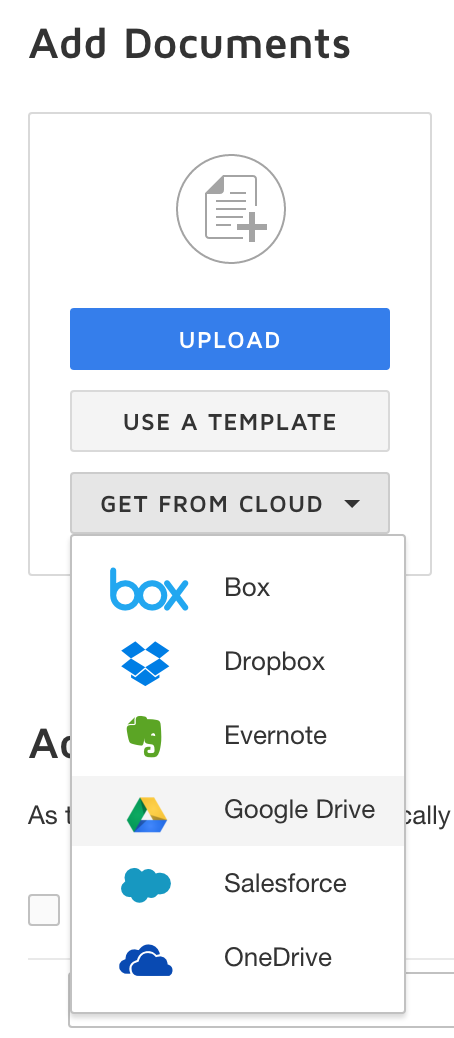
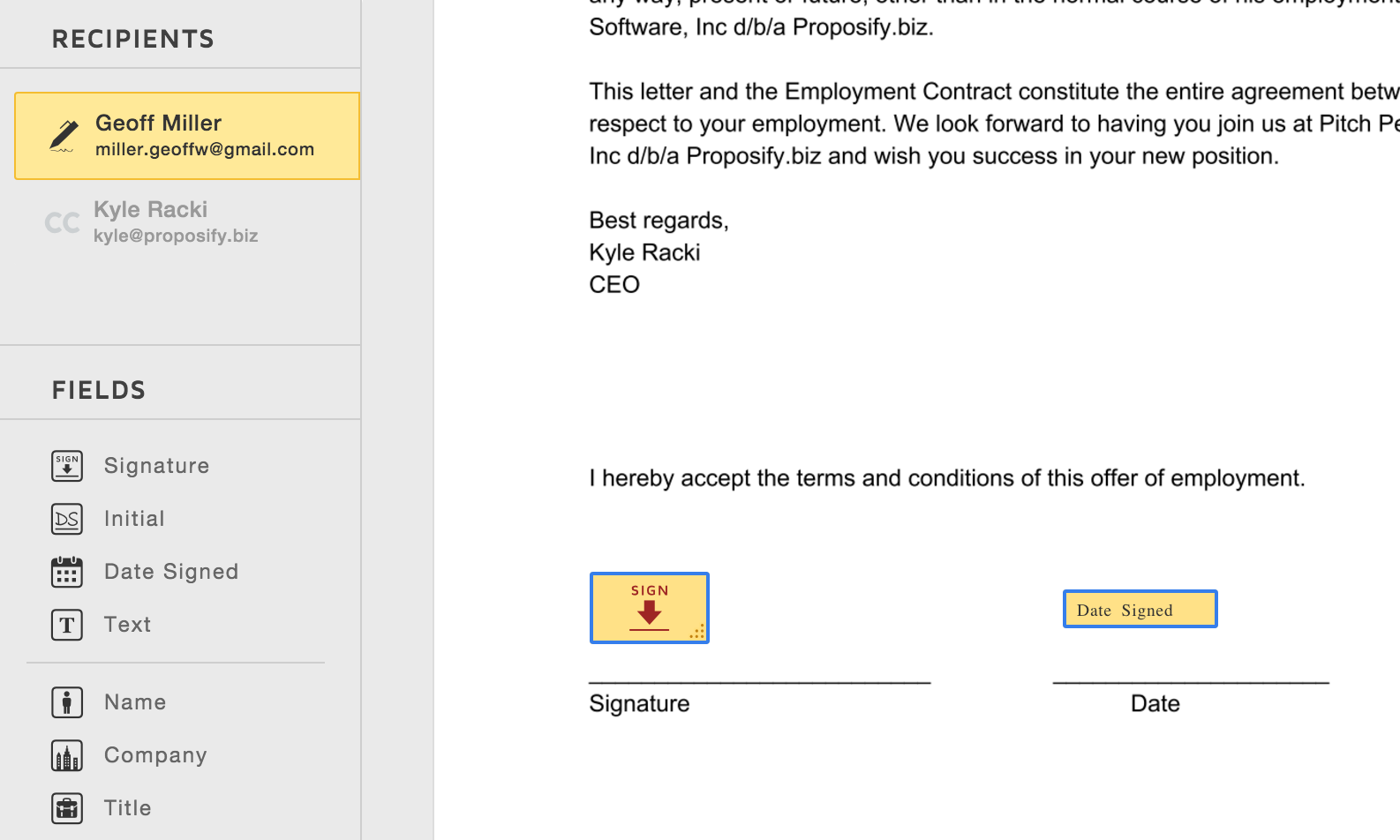
After the candidate signs the offer, I send out a standardized email with the following information:
- Welcome to the team
- Confirm where to be on the start date and what time
- Introduce them to Kevin, my co-founder, as the point of contact for payroll, benefits and stock options-related questions
- Introduce them to their manager or the person in their department they’ll be working directly with. (This person was already involved in hiring them)
- Offer to answer any other questions they have (like dress-code, which some people still hilariously ask about)
First day onboarding
You may have found the perfect person but your work isn’t done yet! To complete the hiring process you want to make sure your new employee is properly onboarded. The last thing you want is to seem disorganized and leave them twiddling their thumbs on their first day.
Preparation
A week before the start date, make sure you have their laptop and any other equipment ready to go, and have a list of all the apps they need installed.
Kevin follows up on the information needed to get them on the payroll and benefits plan.
I create a temporary password for all their accounts (mail, Mac account, Slack, Trello, or whatever SaaS tools you use) and leave it on a sticky note so they can easily log into everything.
First day agenda
We began a tradition where new employees sit privately one-on-one with the co-founders (Kevin and me) when they first arrive.
I found it helpful to put together a slide presentation to review who we are, our history, our target personas, the key benefits of our product, and our processes.
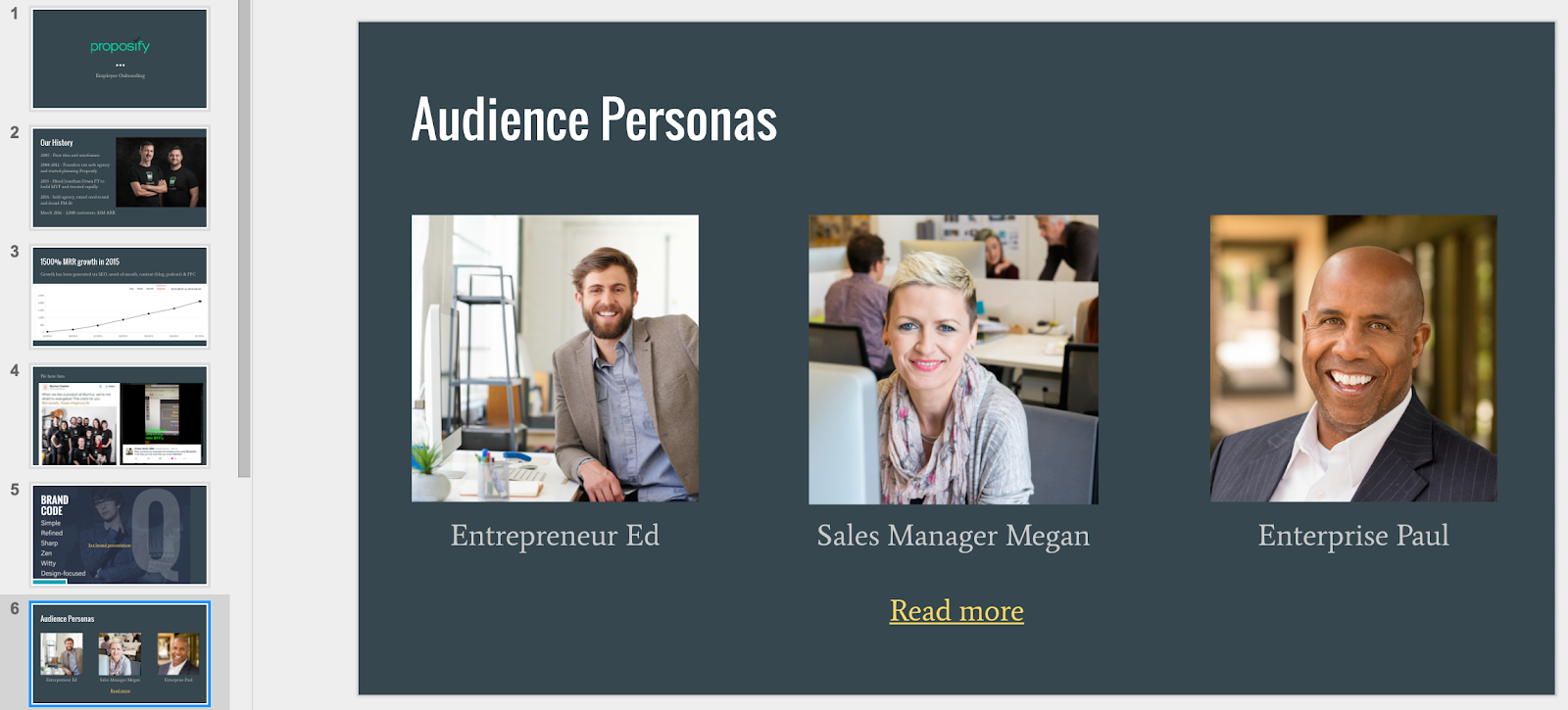
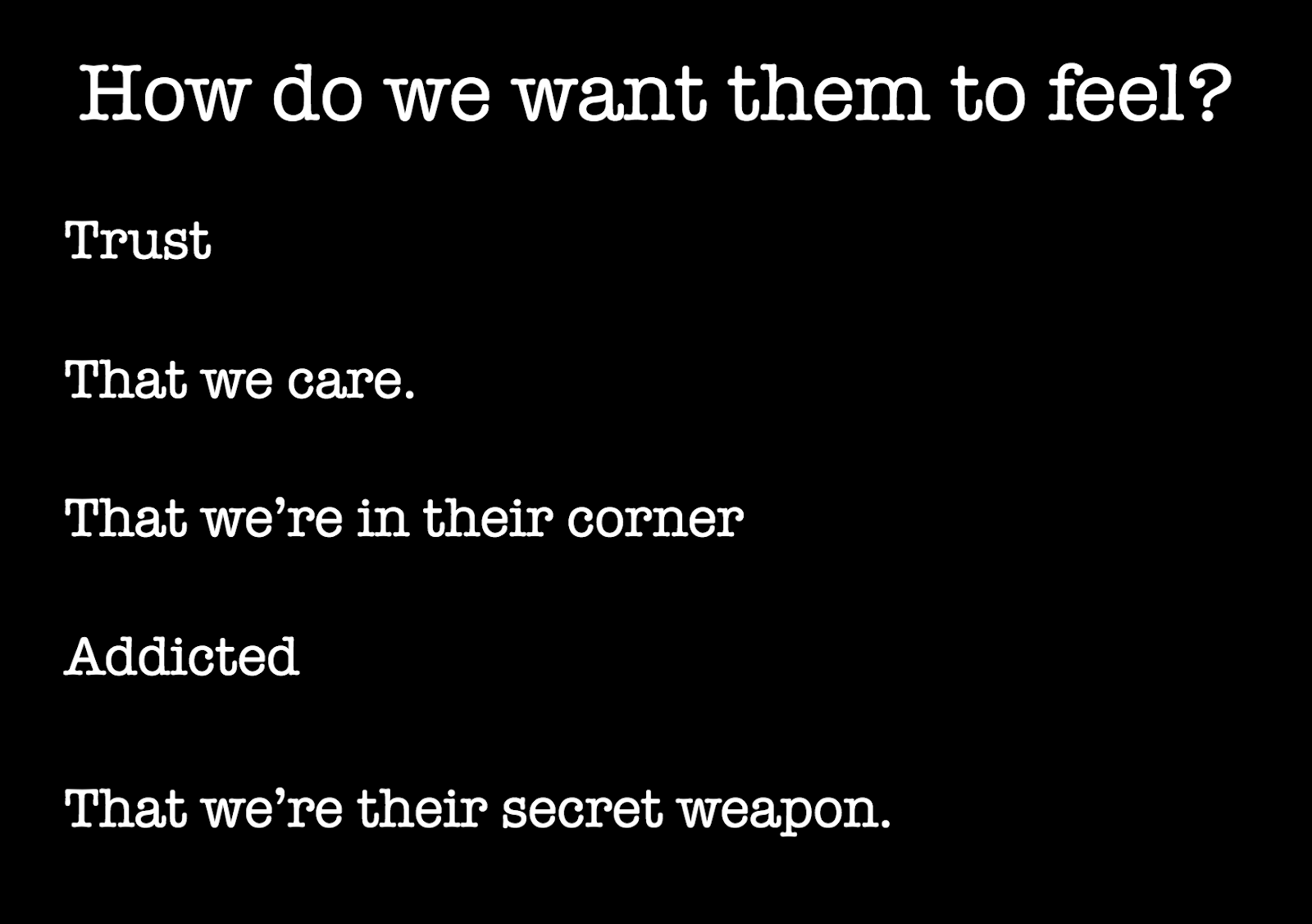
After this initial meeting, we’ll go over the product in more detail, run through the various apps and tools we use, and then introduce them to the person in their department who will be their go-to for questions.
Later that day or in the first week, Kevin and I also try to make time to take the new person out for lunch and get to know them on a more personal basis, their interests and hobbies.
Conclusion
This process has greatly simplified hiring new employees, saving time, getting appropriate input from team members, and finding (and hopefully retaining) the best talent.
I found with this round of hiring that the process was a lot more seamless, but I still feel 100% confident about every new person on our team.
What’s been your experience hiring? And good tips or nightmare stories to share?

Co-founder and CEO of Proposify, and co-host of the Levership podcast. Outside of Proposify, he plays in the band Club Sunday, who put out their first LP in 2023 and enjoy playing live shows every chance they get. Follow him on LinkedIn.

